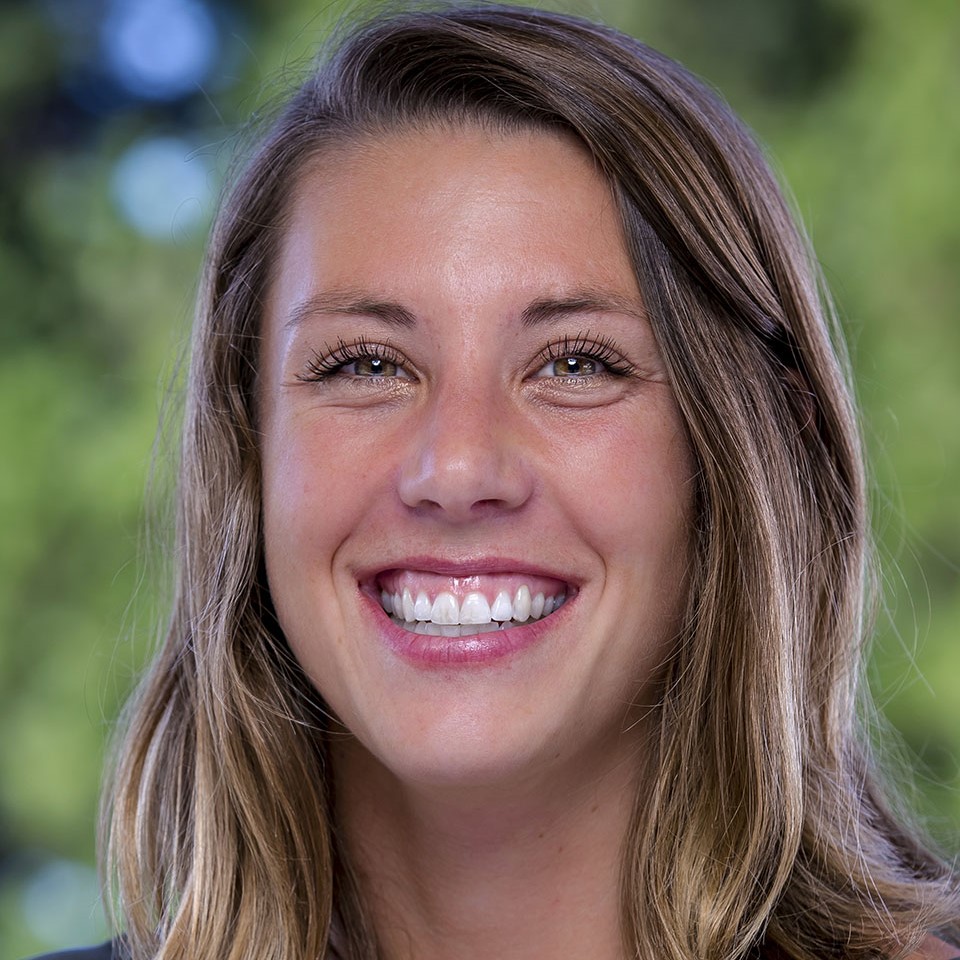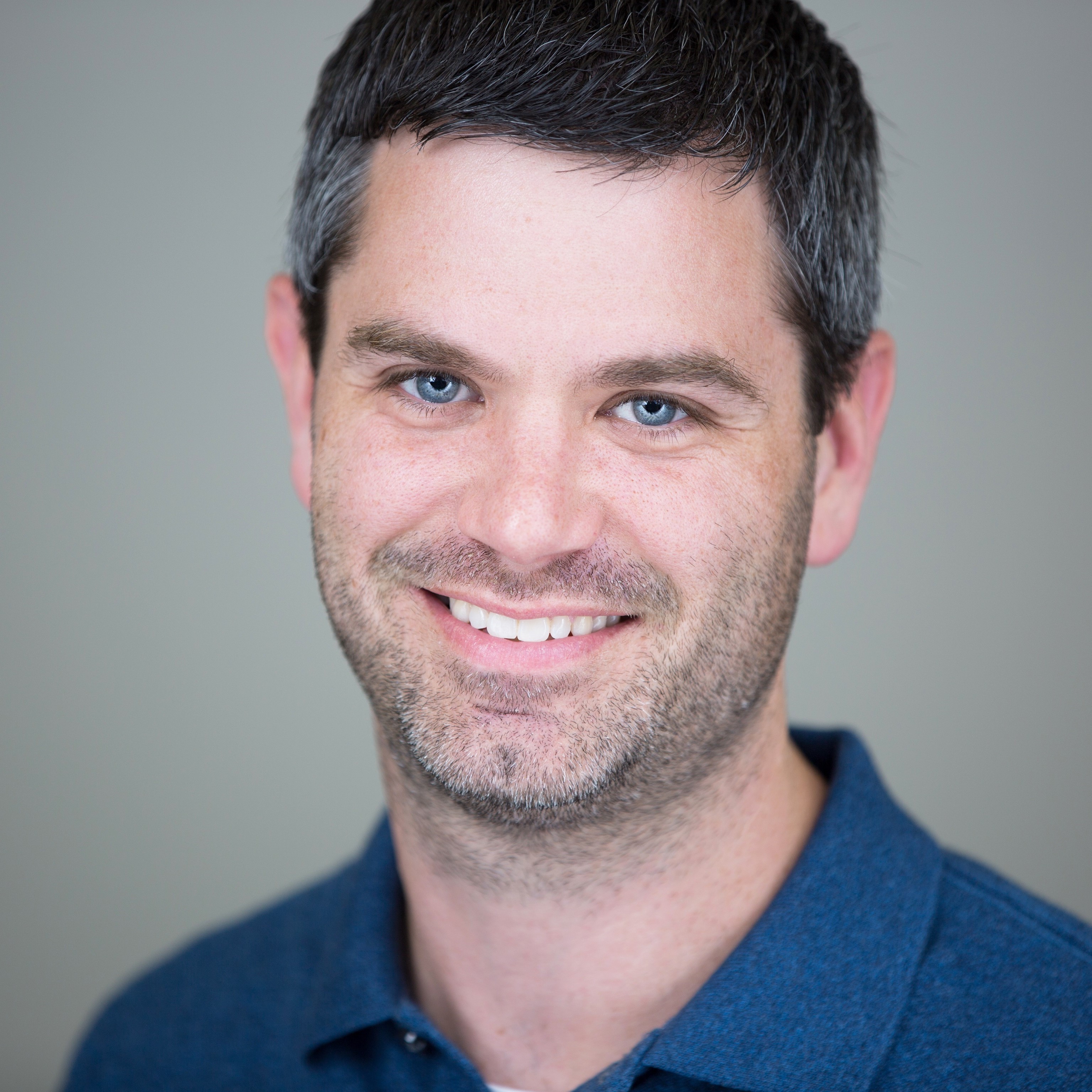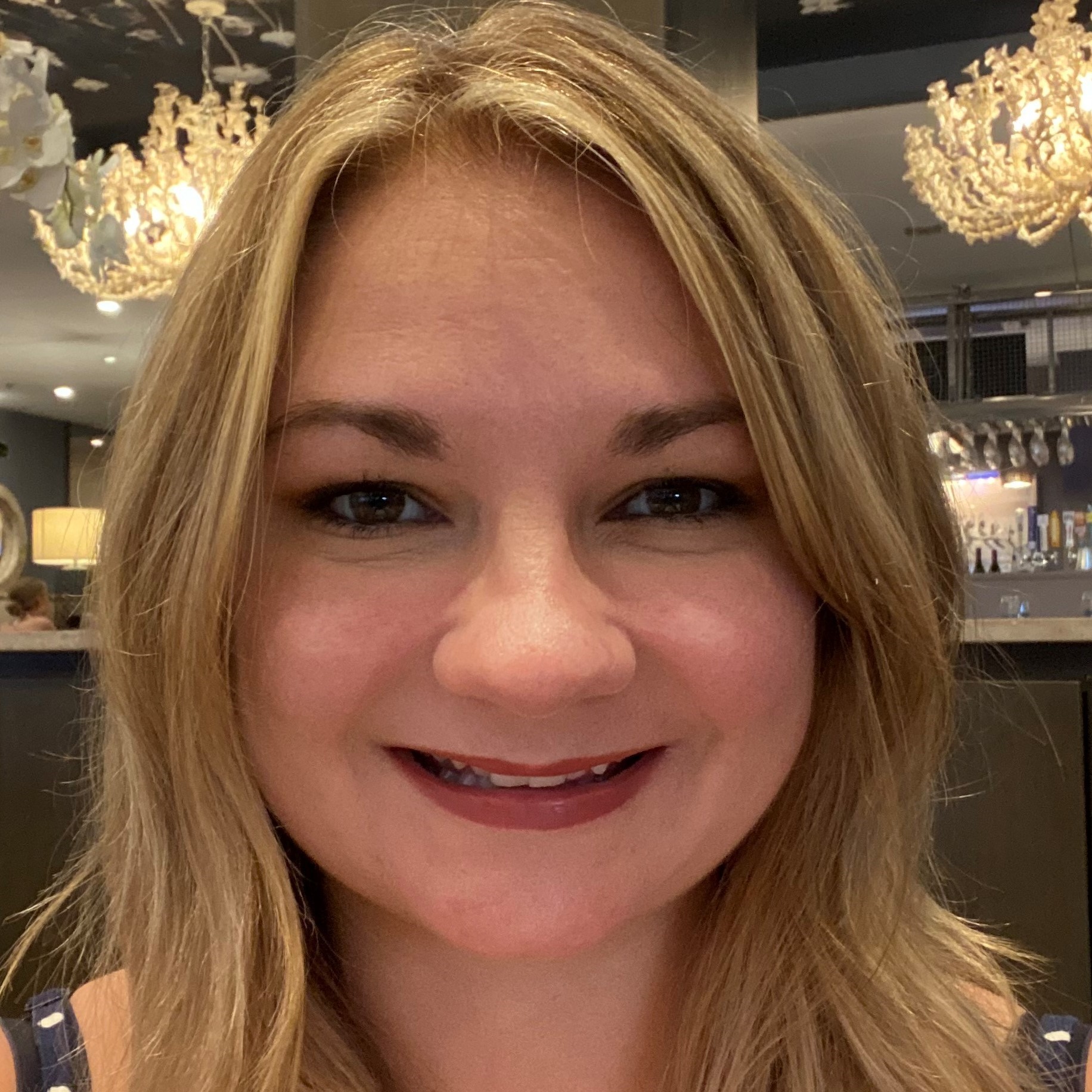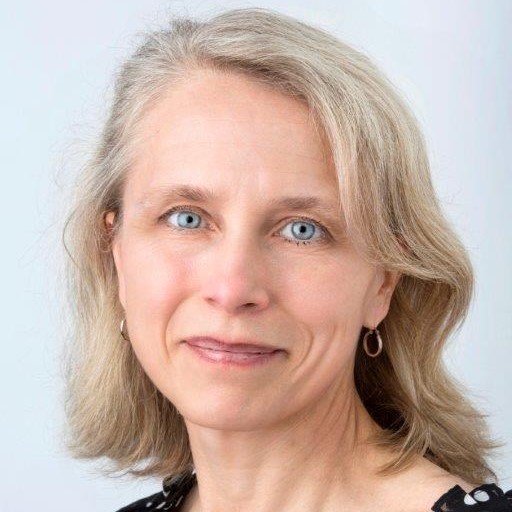|
Session D6.1
Driving Coastal Resilience Forward: Capturing Comprehensive Benefits
Tayler Tharaldson
11:15 – 11:45 AM ET
| About the Presentation |
|
While promoting and forwarding coastal resilience is, today, often a common cause that unites stakeholders involved in protecting coastal communities and spaces, there is frequently a disconnect in communicating the comprehensive benefits of doing so to decision-makers. The reason for this disconnect, we believe, is the result of complexities when it comes to explaining key resiliency concepts, such as merging ecological benefits or ecosystem services with societal benefits and making a strong business case for them. Traditional economic benefit computations, for example, do not fully reflect the benefits of coastal resiliency projects and often leave much of the good news on the table.
AECOM is working with the Texas General Land Office (GLO) through the development of the 2023 Texas Coastal Resiliency Master Plan to prepare a more robust and inclusive planning model that incorporates such non-traditional benefits into the project prioritization process utilizing a Natural Capital approach. This presentation will cover the advances in ecosystem services over the past few decades, specifically for hazard mitigation, which are significant to support continued coastal resilience planning and funding. Additionally, recommendations for expanding and integrating social benefits into decision-making processes will be discussed, including making determinations of how the most ideal resilience projects ultimately provide mutual benefits for coastal communities and ecosystems alike.AECOM and the GLO are working to connect nature-based, coastal resilience projects to state and federal hazard mitigation funding opportunities, such as FEMA's Hazard Mitigation Grant Program (HMGP). Our collective efforts have entailed consultations with a technical working group of experts in various fields related to ecosystem service and economic valuations. The ecosystem service valuation methodology developed as part of this work includes a background of the benefits provided by the four categories of ecosystem services (provisioning, regulating, cultural, and supporting) from nature-based solutions applicable to the Texas coast, and then screens projects that are appropriate for these types of funding opportunities by defining potential areas of risk along the Texas coast where nature-based solutions to hazards would likely be beneficial.
Ultimately, a four-step process was developed to support coastal stakeholders looking to develop applications for hazard mitigation funding for nature-based resiliency projects. The four-step process includes (a) project assessments to determine project eligibility, (b) a custom risk index for projects in the coastal Texas region to determine the level of risk mitigated by a particular project, (c) ecosystem service valuations (quantitative or qualitative) for nature-based project features, and (d) synthesizing the results into hazard mitigation funding applications.
This information, in addition to being used to develop funding applications for individual projects, is also able to then inform the broader benefits of ecosystem services in the resilience planning work. Furthermore, it sheds light on where additional research and studies are needed to improve how ecosystem services are valued on a regional scale using a systematic and justifiable approach. Connecting coastal communities and environments is critical to developing resilience projects that are most impactful, in Texas and nationally. Because of this, building in the concept of improving social benefits into the resilience planning process is imperative. In continuing to update the Texas Coastal Resiliency Master Plan process, AECOM and GLO are working to equitably enhance societal benefits to Texas coastal communities using social vulnerability, low-to-moderate income, and historically underserved population datasets to help guide where resilience projects are prioritized. The GLO, through this work, envisions a resilient coast that is tangible to all Texans, improves stewardship of the coast by all who live in coastal regions, and results in the most sustainable approach to coastal resilience. AECOM and the GLO are working to build this vision of a comprehensive approach to coastal resilience that incorporates all stakeholders and ecologies into the statewide solution.
|
| About the Speaker(s) |
|
 Tayler Tharaldson Tayler Tharaldson
Climate Ecologist
AECOM
Tayler is a Climate Ecologist with over seven years’ experience including widespread research and planning expertise. She has collaborated on numerous climate adaptation and resiliency initiatives over the past 6 years, enhancing her technical knowledge, and analytical and communication skills. Her project work at AECOM focuses on climate change ecology, more specifically, ecosystem vulnerabilities to changing climatic conditions, adaptation planning, best practice management recommendations, hazard mitigation through the use of nature-based solutions, ecosystem services, land-use conservation, ecological restoration, and advanced mitigation planning frameworks for future, planned infrastructure projects.
 Chris Levitz, PE Chris Levitz, PE
Gulf Coast – Coastal Engineering and Resiliency Manager
AECOM
Mr. Levitz serves as the Gulf Coast Coastal Engineering and Resiliency Manager, specializing in resilience planning and design, with a strong coastal and flood risk focus. He is working to align community development goals with ecological and long-term climate change needs. Developing approaches to merge green and gray infrastructure for a more resilient and adaptable community future, he brings these elements into the planning and design process resulting in multiple award-winning projects, including living shoreline projects with Sylvan Beach and Virginia Point, and large-scale master planning with the Texas Coastal Resiliency Master Plan.
|
Session D6.2
Going All-In: Engaging Clark County to Combat Climate Change
Sam Baker
11:45 AM – 12:15 PM ET
| About the Presentation |
|
Clark County, Nevada has a diverse and growing population. Moreover, it holds the fastest-warming city in the country, Las Vegas. Considering these factors and that Clark County faces numerous climate change impacts, like drought, flooding, and extreme heat, Clark County (the County) took action by creating the "All-In" sustainability and climate action brand. This began with a Sustainability and Climate Action Plan (SCAP) that was the first in the region to directly address reducing greenhouse gas emissions and planning for the inevitable effects of climate change. This required support from stakeholders from the start.
To show residents and stakeholders the County was serious about taking action, the SCAP plan began with County operations from the direction of the County Commissioners. This required connecting Commissioners, the County Manager, and department directors to create a Steering Committee for implementation. The Steering Committee allows for each of the department directors to provide feedback and facilitate action along with climate literacy and action to their own staff. One important component of the SCAP for County operations is that it includes an action for employee education, reaching as many as 10,000 employees, and hopefully spreading climate literacy to their families. Once the County established its Operations Plan, it was time to reach the community for a Community-Wide Sustainability and Climate Action Plan. Keeping the "All-In" brand was essential to show that each initiative is part of the larger process to create a more sustainable Clark County. This meant conducting a greenhouse gas inventory (Inventory) and climate vulnerability assessment (CVA). In order to complete each of these, stakeholders were consulted along the way, including utilities, community groups, municipalities, and more. In addition to the CVA and Inventory, Clark County is focusing on equity for the community-wide plan, leading to the development of working and advisory groups. Each of these groups are meeting three to four times across an eight-month period to provide feedback on the CVA and inform the actions that will be in the community SCAP.
When selecting group members, the County ensured equitable distribution among community groups, non-profits, indigenous populations, technical experts, and more. Moving into the planning phase of the community-wide SCAP also requires strong engagement from the general public. This includes hiring ambassadors to spread our message into their social groups and at community events. This also includes creating equity partners to ensure marginalized groups who are often most affected by climate change provide their perspective to the community. Engaging all types of groups from the community through planning and implementation will allow for the most support for both the community-wide and SCAP for County operations. This will simultaneously ensure equitable representation for a more sustainable Clark County.
|
| About the Speaker |
|
 Sam Baker Sam Baker
Sustainability Program Administrator
Clark County
Sam Baker has worked in sustainability for 10 years. She holds bachelor's degrees in environmental studies and sociology from Florida State University, as well as a master's degree from Florida Atlantic University in sociology. Sam has experience in solid waste/recycling, education, water resources, and sustainability. She managed a regional water conservation and grew it to include topics of sustainability and climate change as they relate to water resources in Florida. Sam is now the Sustainability Program Administrator for Clark County, NV. She manages and coordinates all sustainability efforts the Sustainability and Climate Action Plan for county operations and community-wide plan. Her strengths include project and contract management, community outreach, and creating partnerships.
|
Session D6.3
Resilient Remediation: Incorporating Climate Change into Sustainable Cleanup Practices
Craig Drennan
12:15 – 12:45 PM ET
| About the Presentation |
|
The concept of Green and Sustainable Remediation (GSR), introduced in the early 2000s, has evolved into an applied practice with its own toolkit increasingly used by remedial planners and engineers to maximize environmental and social benefits of hazardous waste and contaminated site cleanup. GSR practices can incorporate habitat restoration, environmental justice, and community enhancement into cleanup planning to maximize positive outcomes during or after remedial technologies have been implemented.
Since the arrival of GSR, addressing how the climate is changing our environment and impacting us, as well our own impact on the environment, are increasingly the focus of environmental practitioners. Such drivers include rising sea levels, severe flooding, hotter average temperatures, droughts, and the increase in intensity and frequency of extreme weather conditions. Of these impacts, flooding and sea-level rise alone threaten thousands of contaminated sites across the country- reflecting the growing need for resiliency to be incorporated into the remedial design. Planning for and incorporating the exponentially emerging threats of climate change to the project life cycle of remedial programs give rise to a new set of questions such as: How can remediation be sustainable while simultaneously staying resilient to future disruption climatological or otherwise? How can remedial alternatives provide both environmental and societal benefits while proactively addressing projected climate change impacts of climate change? How can we design and manage remediation efforts to reduce our impact on climate change?
In this presentation, the basic premises and practices of Sustainable and Resilient Remediation (SSR) practices will be presented, as outlined by the USEPA (2020) and the ITRC (2021). Following this review, we will highlight the implementation of some of these SSR practices through several case studies. The layering of SSR planning with GSR implementation will be demonstrated, with emphases placed on habitat restoration and hydrodynamic modeling to enable and ensure project resilience. We will highlight project-based solutions, such as riverine remediation where modeling of future conditions combined with changing social use of the area were incorporated into a progressive design. We will also examine how employing nature-based solutions, harnessing natural capital and ecosystem restoration can provide resilience dividends, addressing social equity and mitigating our own impact on climate change. Collectively, these practices help ensure the intended environmental and community benefits of each project will be maintained by proactively and creatively addressing potential impacts associated with the impending effects of climate change.
|
| About the Speaker(s) |
|
 Craig Drennan Craig Drennan
Water Resources Engineer
AECOM
Craig is a water resources engineer based out of Chelmsford, Massachusetts. At AECOM, he specializes in hydrologic and hydraulic modeling, with applications to infrastructure & foundation scour, offshore renewable energy, and environmental remediation applications. In addition to hydrodynamics, Craig also has experience in civil site design with a focus on-site grading, stormwater BMP design, state and local land disturbance permitting, and NPDES-program discharge permitting. Outside of AECOM, Craig’s research background includes remote-sensing-based water quality modeling of the Chesapeake Bay environment and water quality analytical testing within the New England area.
 Kristine Carbonneau Kristine Carbonneau
Regional Sediment Remediation Engineering Practice Leader
AECOM
Kristine Carbonneau has over 29 years of experience in project management for the preparation of feasibility studies (including design and implementation of treatability studies), remedial designs, and implementing remedial action work. She provides technical leadership and direction to project teams for sediment remediation including sediment impact evaluation, delineation, options evaluation, and design through tendering and construction services. She has worked throughout New England, the Mid-Atlantic, the Midwest, and the Southeast, as well as internationally in Canada, France, and Jordan. Her principal technical expertise is in sediment remediation and soil/sludge stabilization.
|
Back to Schedule
|



 Sam Baker
Sam Baker Craig Drennan
Craig Drennan Kristine Carbonneau
Kristine Carbonneau

